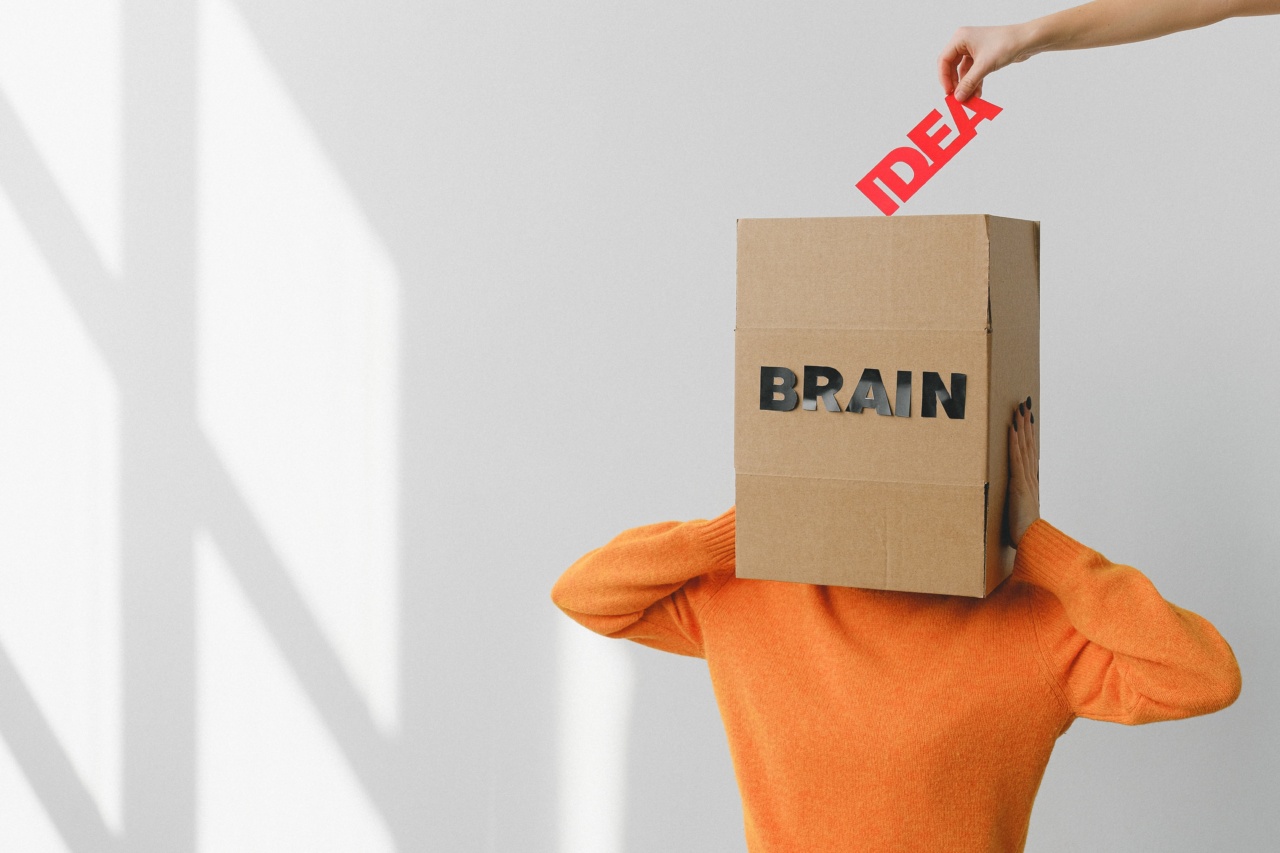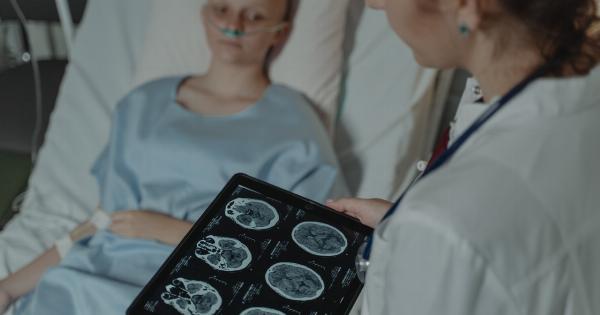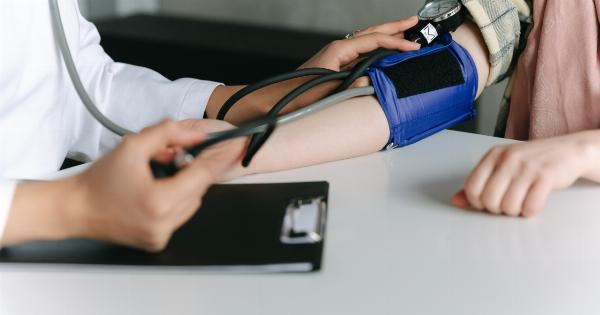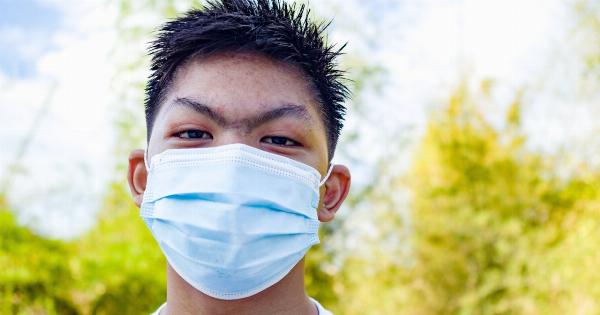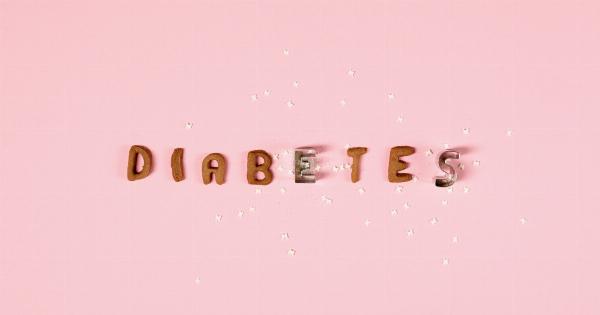Pulmonary arterial hypertension (PAH) is a type of high blood pressure which affects the arteries that run from the heart to the lungs.
The blood vessels in the lungs that are responsible for carrying oxygen-rich blood from the heart to the lungs become narrow and stiff, making it difficult for the heart to pump blood through them. This creates undue pressure on the heart, leading to serious health complications.
Types of Pulmonary Arterial Hypertension
There are five different types of pulmonary arterial hypertension:.
1. Idiopathic PAH
This is the most common form of pulmonary arterial hypertension, and its exact cause is unknown.
2. Heritable PAH
Heritable PAH is caused by inherited genetic factors, meaning that it can be passed down through families.
3. Drug and toxin-induced PAH
Some pharmaceuticals and toxins can cause pulmonary arterial hypertension. It’s particularly common among people who use appetite suppressants known as fen-phen and people who are exposed to certain toxic chemicals.
4. Pulmonary hypertension associated with another medical condition
Some medical conditions like heart and lung disease, connective tissue disorders, liver disease, congenital heart disease, and HIV can result in pulmonary arterial hypertension.
5. Pulmonary venous hypertension
This is a type of pulmonary hypertension that results from high blood pressure in the pulmonary veins that come from the lungs to the heart.
Causes of PAH
In many instances, the exact cause of PAH is unknown.
However, significant damage to the inner lining of blood vessels in the lungs (the endothelium) may cause the development of pulmonary arterial hypertension through the formation of excessive scar tissue and obstructions, causing the blood vessels to narrow. Here are some factors that can cause this damage:.
1. Genetics
Some people with a family history of pulmonary arterial hypertension may be more likely to develop this condition.
2. Medical conditions
Medical conditions that affect the heart and lungs may also lead to the development of pulmonary arterial hypertension, such as connective tissue disorders, HIV, and liver disease.
3. Congenital heart defects
People born with certain types of heart defects may be more prone to developing pulmonary arterial hypertension.
4. Use of certain drugs
Drugs used for weight loss, such as fen-phen, can damage the endothelium and lead to the development of pulmonary arterial hypertension.
5. Blood clots
Blood clots in the lungs can cause chronic pulmonary hypertension, particularly in people who are inactive, confined to bed, or have other medical conditions that increase the risk of blood clots.
Symptoms of PAH
The early symptoms of PAH may be mild, gradually worsening over time as the condition progresses. Some of the common symptoms of PAH include:.
1. Shortness of breath
Shortness of breath while doing everyday activities is a common symptom of PAH.
2. Dizziness or fainting
Dizziness and fainting are common symptoms of pulmonary arterial hypertension, particularly during physical activity.
3. Chest pain
Chest pain may be a symptom of pulmonary arterial hypertension, particularly during physical exertion.
4. Swelling
Swelling in the ankles and legs is a common symptom of PAH, caused by the buildup of fluid in the body’s tissues.
5. Fatigue
Many people with PAH feel very tired, even when performing basic activities.
Diagnosis of PAH
Early diagnosis and treatment of PAH are vital to prevent the condition from progressing. If someone has symptoms of PAH, a physician may conduct a number of tests to diagnose the condition:.
1. Echocardiogram
An echocardiogram is a non-invasive test that uses ultrasound waves to create images of the heart and measure blood flow. It can help identify abnormalities or defects in the heart.
2. Chest x-ray
Chest x-rays can determine the extent of lung damage, the size of the heart, and other conditions that may be causing the symptoms.
3. Pulmonary function tests
This is a test that measures lung capacity and function. It helps to identify any abnormalities in how air moves through the lungs.
4. CT scan
Computed tomography (CT) scans can help identify any abnormalities in the lungs or blood vessels resulting in the development of high blood pressure.
Treatment Options for PAH
Treatment for PAH can help to reduce symptoms and prolong life. Here are some of the most common treatment options:.
1. Medication
The most effective treatments for PAH are medications that help to widen blood vessels, improving blood flow to the lungs. Some examples of these medications include endothelin receptor blockers, prostacyclin analogs, and calcium channel blockers.
2. Oxygen therapy
PAH can cause a lack of oxygen in the blood, so oxygen therapy can help to supplement the oxygen in the blood, making it easier for the heart to pump blood through the lungs.
3. Surgery
In some cases, surgery can be used to treat PAH. Different surgical procedures may include balloon angioplasty, lung transplant, or heart and lung transplant.
Conclusion
Pulmonary arterial hypertension is a chronic condition that requires proper understanding and treatment. While there is no cure for PAH, treatments can help to manage the symptoms and prevent the condition from getting worse.
Early diagnosis and proper treatment can help people with PAH to lead normal and healthy lives.
